Unpredictable police assignment to thwart violent protest.
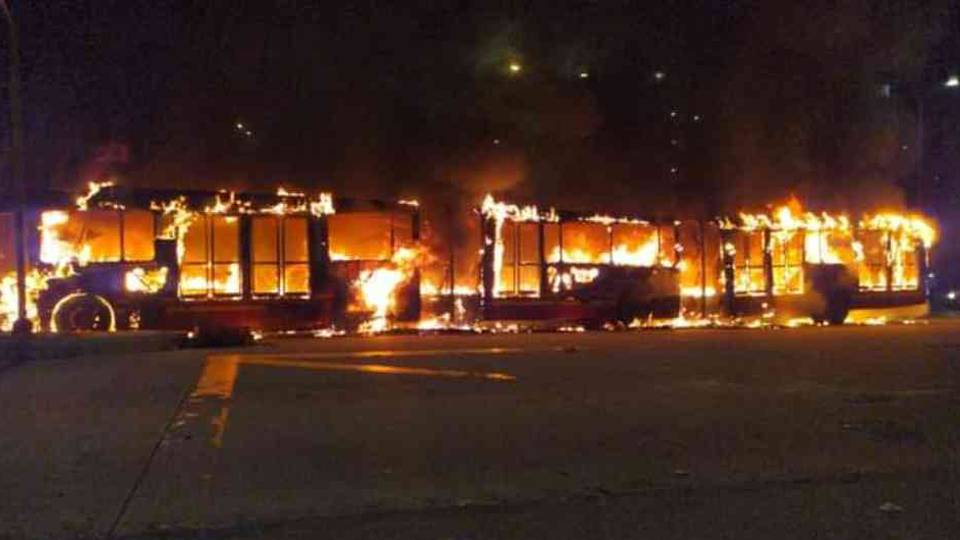
TransMilenio, the world’s largest Bus Rapid Transit sytem, has long served as a stage for social movements. A small group of activists can easily disrupt travel throughout the city by blocking just a single station. Without police presence to deescalate these manifestations, they can quickly paralyze the city and turn violent. When protests turn violent, passengers escape stations through loading bays and block all through traffic on the exclusive bus lanes, causing large swaths of the system to collapse.

TransMilenio is therefore interested in strategically allocating its limited transit police force to minimize side-effects from protests while also addressing more frequent and distributed criminal activity, such as theft, sexual harassment and fare evasion.
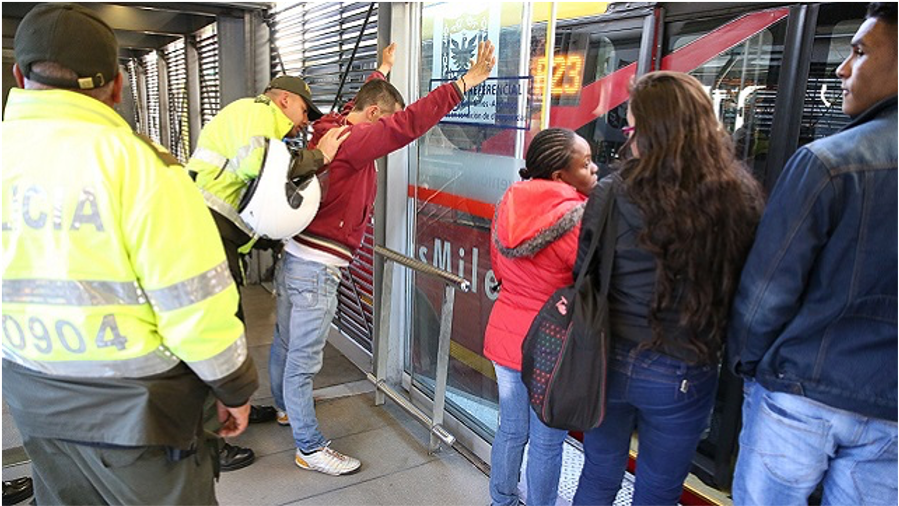
 |
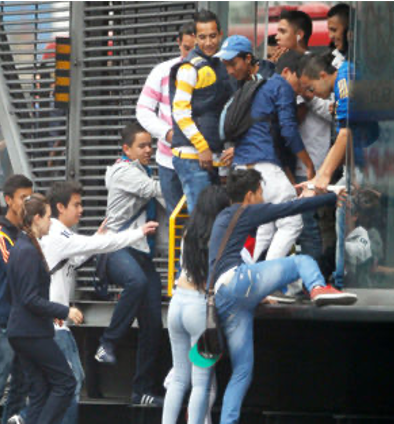 |
I formulated the problem as a 2-player, non-cooperative game with simultaneous play. Transit police seeks to minimize the total social cost from crime and disruption while violent protesters (attackers) seek to maximize total delay across all transit users. To simulate the game, I created a small demonstration network consisting of rapid transit (red) and traditional buses (blue). Attackers can block a rapid transit station (red) with some probability, forcing users planning to use the station to resort to the traditional bus system (blue) and suffer longer travel times.
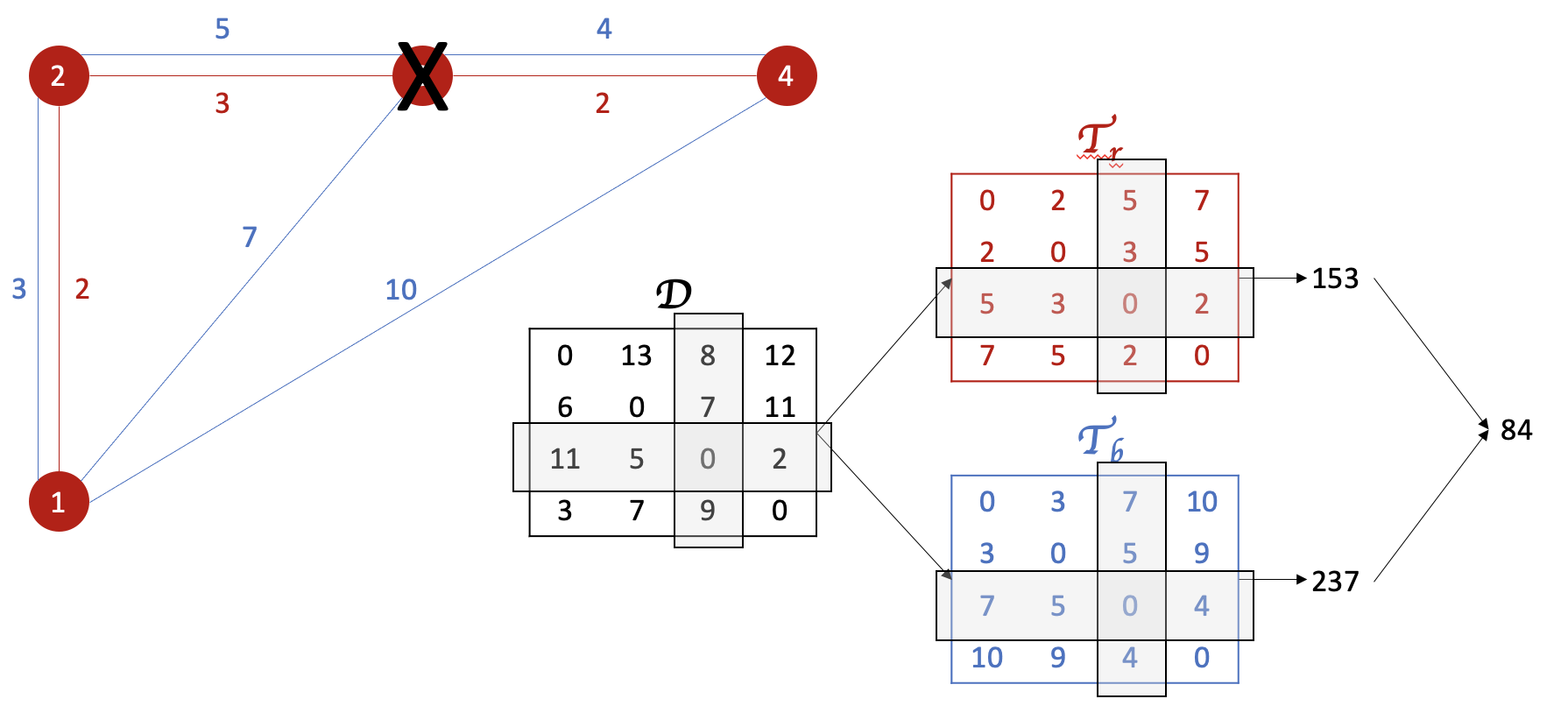
If attackers foment significant unrest, the protest may disable the entire bus corridor and cause many more passengers to resort to the slower bus system. If previously assigned to the attacked station, transit police can reduce the likelihood of both events.
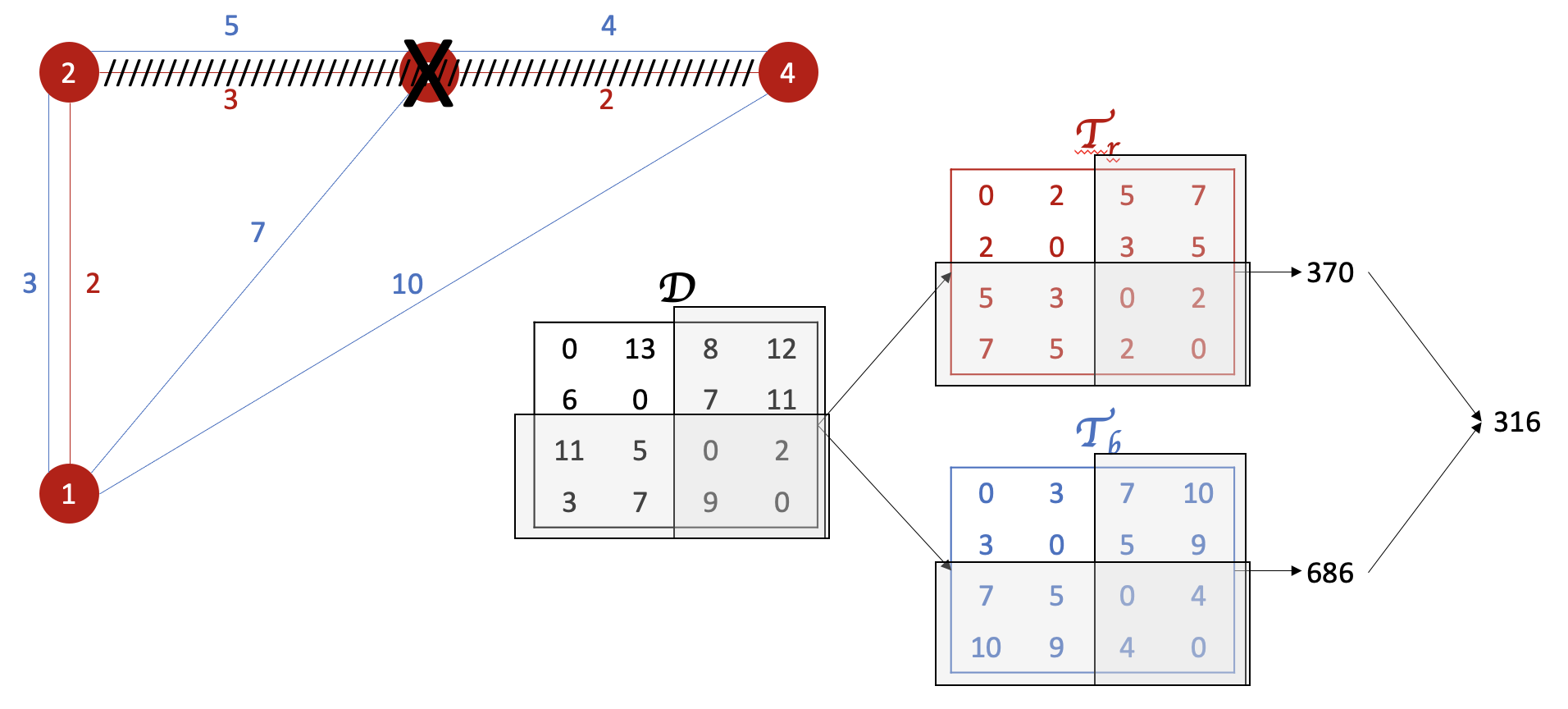
Protests are strategically coordinated. Attackers will not simply select target stations based on potential disruption, but also on the probability of TransMilenio assigning police to them. Meanwhile, theft, sexual harassment and fare evasion are not coordinated and occur at relatively consistent rates that vary across stations. TransMilenio must therefore strike a balance between allocating police where crime is most frequent and where coordinated protests are most likely to occur.
Since protesters can cause more disruption if they block stations without police presence, they will not necessarily always attack the stations whose blockage would cause the most total delay. Transit police and attackers thus engage in a game where both players employ mixed (randomized) strategies to maximize their objectives. I simulated the game using my demo network to discover the mixed strategies at equilibrium.
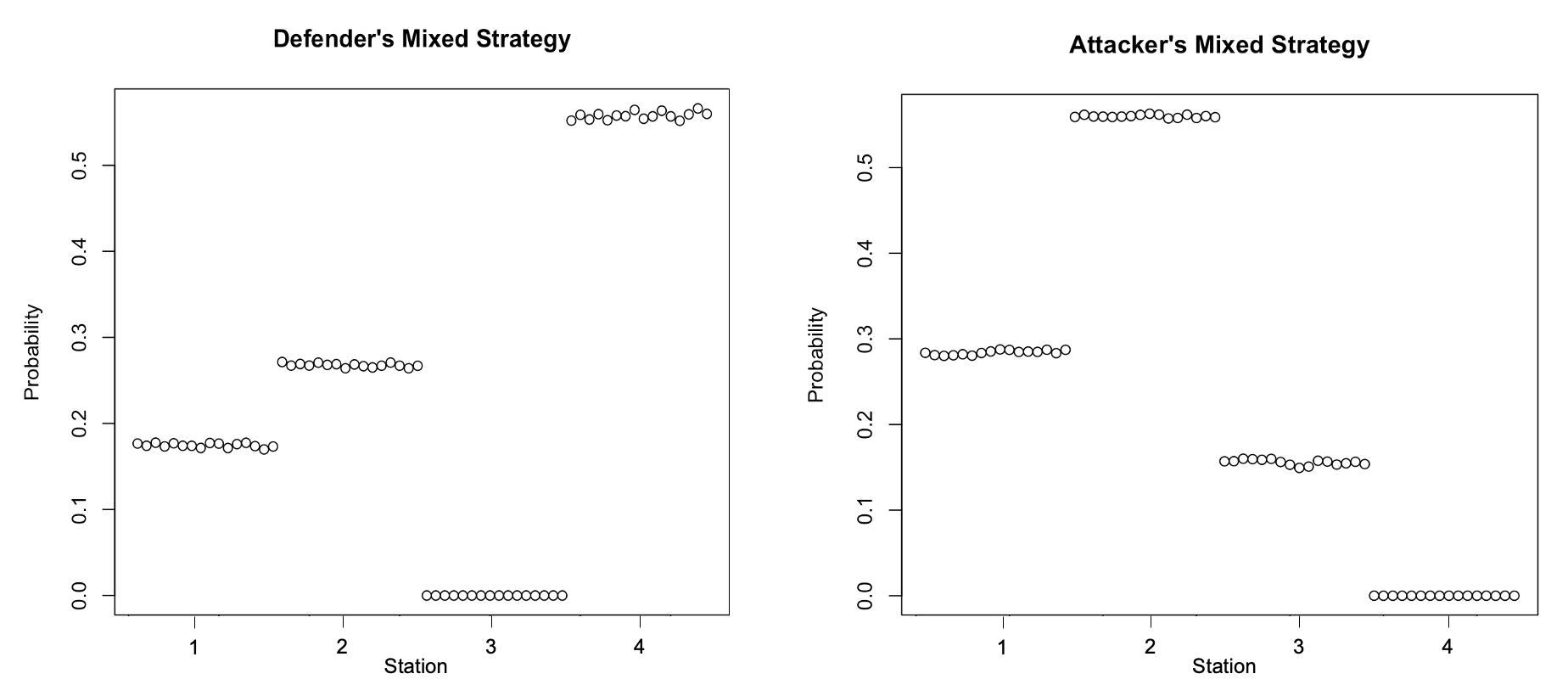
With some simple data collection, TransMilenio could apply this approach to strategically assign its transit police. TransMilenio already publishes a GTFS feed that can be used to calculate user delay when stations or corridors are blocked. The agency could then multiply those delay results by its demand matrix estimated from smartcard activity. Finally, the agency would need to calculate the rates of each type of crime at each station, and then consider other factors that might influence how activists select stations to block.
This was my final project in Prof. Saurabh Amin’s graduate course at MIT, 1.208: Resilient Infrastructure Networks. Follow Saurabh Amin’s Resilient Infrastructure Networks Lab to learn more about how game theoretic methods can help secure cyber-physical networks, such as smart grids and communication systems.
